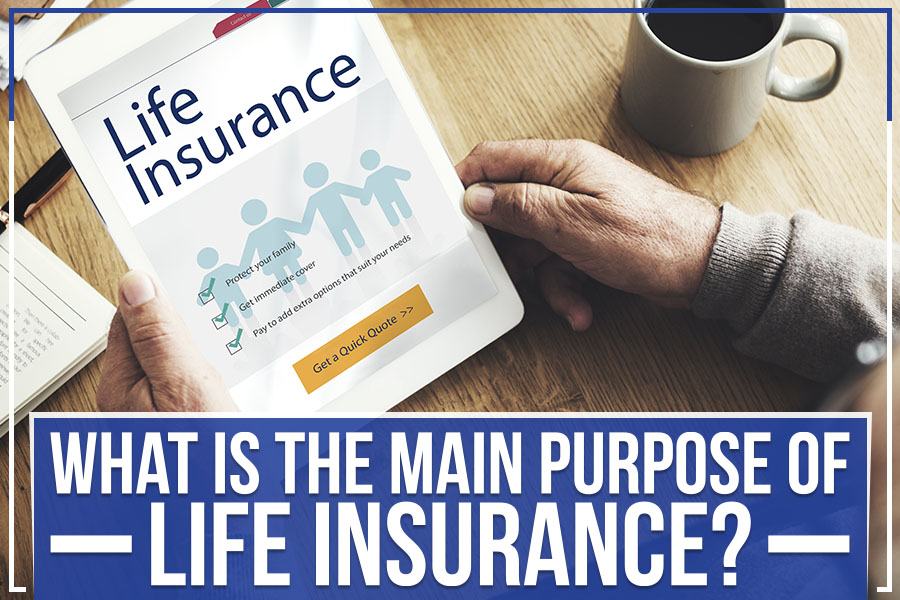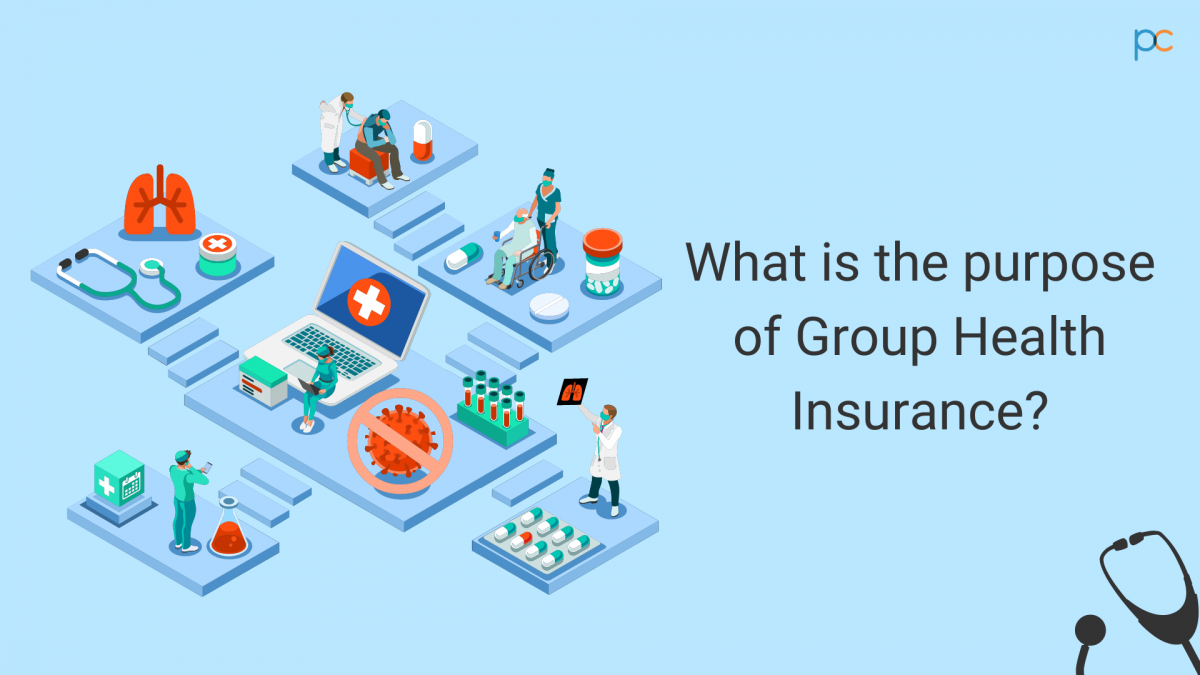The 10-Minute Rule for Pacific Prime

This drop of almost 2 million in the variety of people 'without insurance (a decrease of about 4 percent) is certainly a favorable change. With a softer economic climate in 2000 the most up to date reported gains in insurance protection might not continue (Fronstin, 2001) (maternity insurance for expats). The decrease in the number of without insurance will not continue if the economy continues to be sluggish and healthcare costs remain to exceed rising cost of living
This is because the information were collected for a period of strong economic efficiency. Of the estimated 42 million people who were uninsured, almost concerning 420,000 (concerning 1 percent) were under 65 years of age, the age at which most Americans come to be eligible for Medicare; 32 million were adults in between ages 18 and 65, around 19 percent of all adults in this age; and 10 million were youngsters under 18 years of age, regarding 13.9 percent of all youngsters (Mills, 2000).
These quotes of the variety of persons without insurance are created from the yearly March Supplement to the Present Populace Study (CPS), performed by the Demographics Bureau. Unless otherwise noted, national quotes of individuals without medical insurance and percentages of the populace with various kinds of insurance coverage are based on the CPS, one of the most commonly used resource of quotes of insurance coverage and uninsurance rates.
The smart Trick of Pacific Prime That Nobody is Talking About

Still, the CPS is especially useful because it generates yearly quotes relatively rapidly, reporting the previous year's insurance coverage estimates each September, and because it is the basis for a consistent set of price quotes for greater than twenty years, enabling evaluation of trends in coverage with time. For these reasons, in addition to the comprehensive usage of the CPS in various other studies of insurance protection that exist in this record, we depend on CPS estimates, with constraints noted.

The estimate of the variety of uninsured individuals increases when a population's insurance condition is tracked for several years. Over a three-year duration starting early in 1993, 72 million people, 29 percent of the U.S. https://www.dreamstime.com/pacificpr1me_info. populace, lacked coverage for at the very least one month. Within a solitary year (1994 ), 53 million people experienced at the very least a month without protection (Bennefield, 1998a)
6 out of every 10 uninsured grownups are themselves utilized. Functioning does boost the chance that one and one's family members will certainly have insurance coverage, it is not a guarantee. Even members of households with 2 full time wage earners have practically a one-in-ten opportunity of being uninsured (9.1 percent without insurance rate) (Hoffman and Pohl, 2000).
Not known Details About Pacific Prime
New immigrants make up a considerable percentage of individuals without health insurance coverage. One evaluation has associated a considerable part of the recent development in the size of the U.S. without insurance population to immigrants who showed up in the country in between 1994 and 1998 (Camarota and Edwards, 2000). Current immigrants (those who concerned the USA within the previous four years) do have a high price of being uninsured (46 percent), yet they and their kids account for simply 6 percent of those without insurance across the country (Holahan et al., 2001).
The partnership between health and click here for more info wellness insurance and access to care is well established, as documented later in this chapter. Although the partnership in between health insurance and health outcomes is neither direct nor easy, a considerable clinical and wellness solutions study literary works links medical insurance coverage to improved accessibility to care, far better top quality, and enhanced personal and population health condition.
Levels of analysis for examining the results of uninsurance. This conversation of health and wellness insurance protection focuses primarily on the united state population under age 65 because virtually all Americans 65 and older have Medicare or various other public insurance coverage. Moreover, it focuses specifically on those with no medical insurance for any kind of length of time.
Some Ideas on Pacific Prime You Should Know
The problems faced by the underinsured are in some respects similar to those encountered by the without insurance, although they are generally much less severe. global health insurance. Uninsurance and underinsurance, nonetheless, include definitely different policy issues, and the approaches for resolving them might vary. Throughout this research and the five reports to adhere to, the primary emphasis gets on persons without any medical insurance and thus no aid in paying for wellness treatment beyond what is available via charity and safeguard organizations
Health and wellness insurance is a powerful factor influencing receipt of treatment due to the fact that both individuals and doctors reply to the out-of-pocket rate of services - https://pacificprime.godaddysites.com/f/pacific-prime-your-gateway-to-international-health-insurance. Health insurance, however, is neither essential neither adequate to get to medical solutions. However, the independent and straight effect of health insurance coverage on accessibility to health and wellness services is well established.
Others will get the healthcare they need even without wellness insurance coverage, by paying for it expense or seeking it from carriers who supply treatment totally free or at highly subsidized prices. For still others, medical insurance alone does not guarantee invoice of care due to the fact that of other nonfinancial obstacles, such as a lack of healthcare suppliers in their community, minimal access to transport, illiteracy, or linguistic and social differences.
Rumored Buzz on Pacific Prime
Official study regarding without insurance populaces in the USA dates to the late 1920s and early 1930s when the Board on the Price of Treatment produced a series of reports about financing doctor workplace visits and hospitalizations. This concern ended up being salient as the numbers of clinically indigent climbed up during the Great Clinical depression.
Comments on “A Biased View of Pacific Prime”